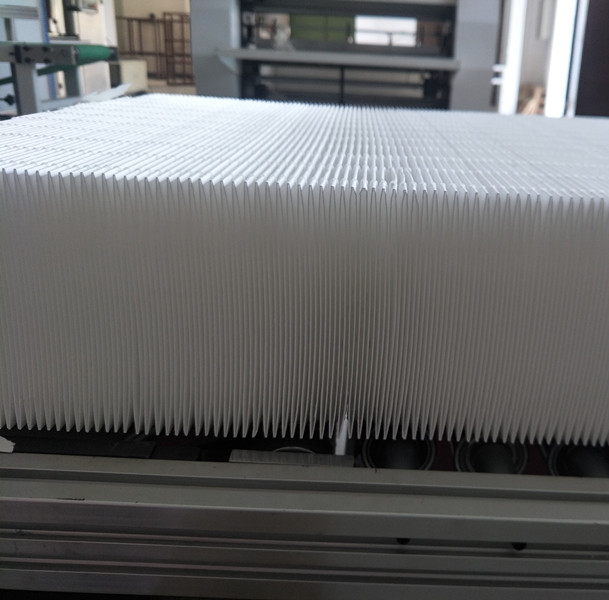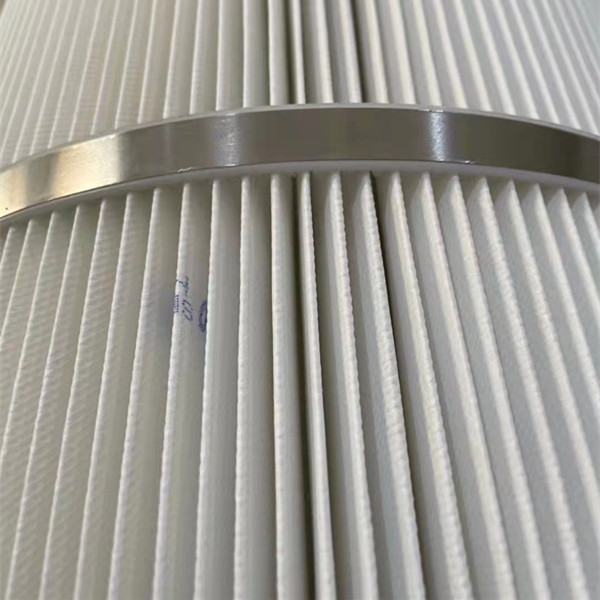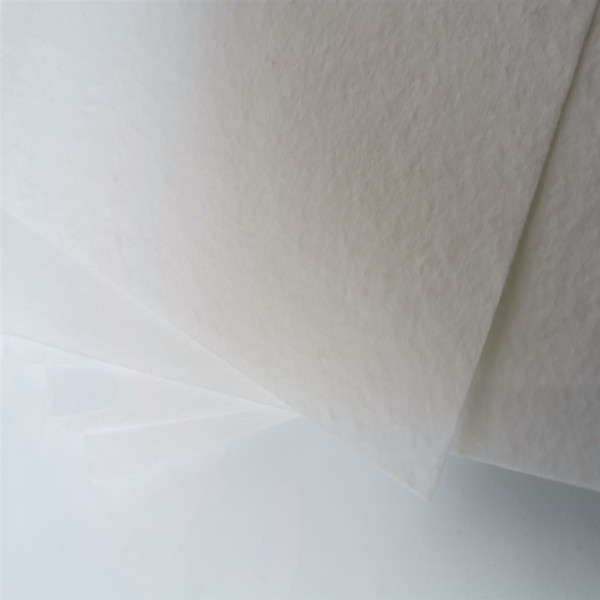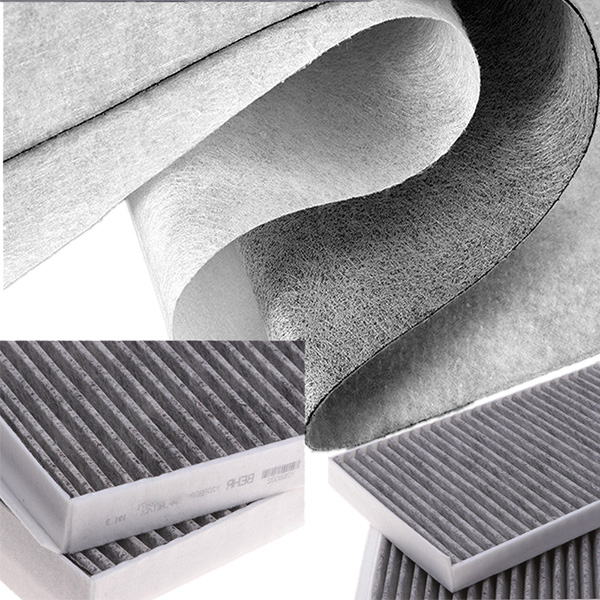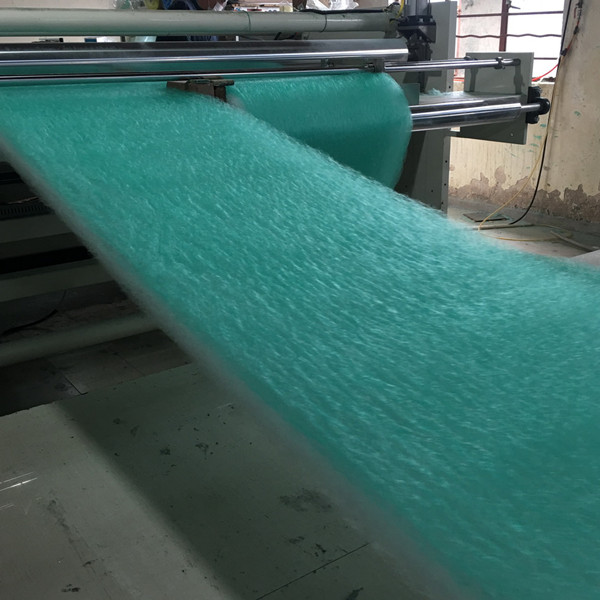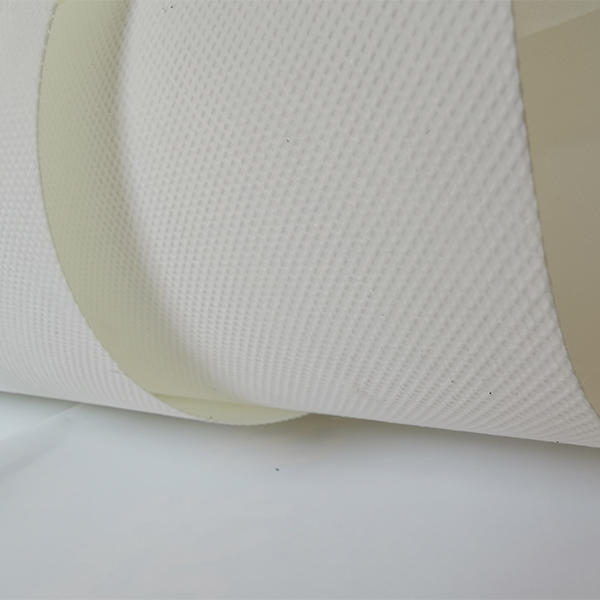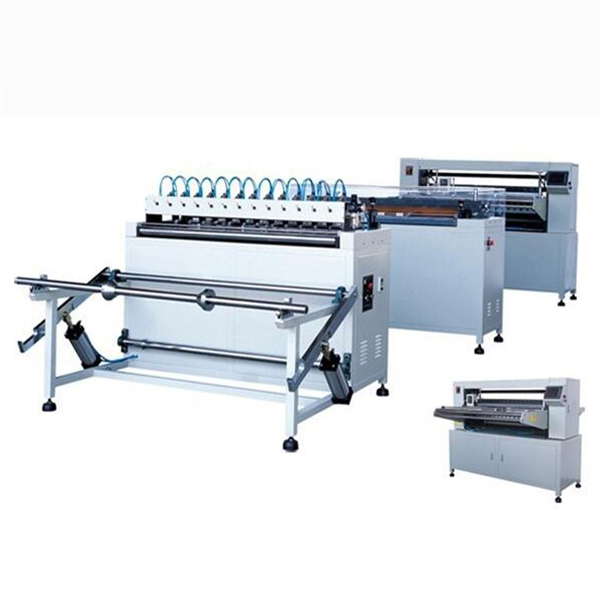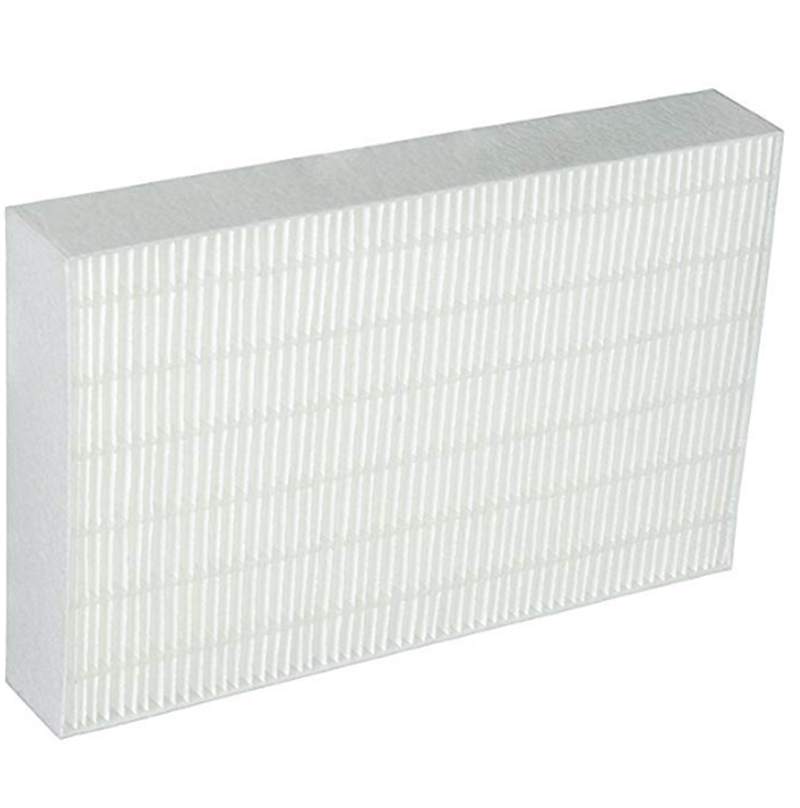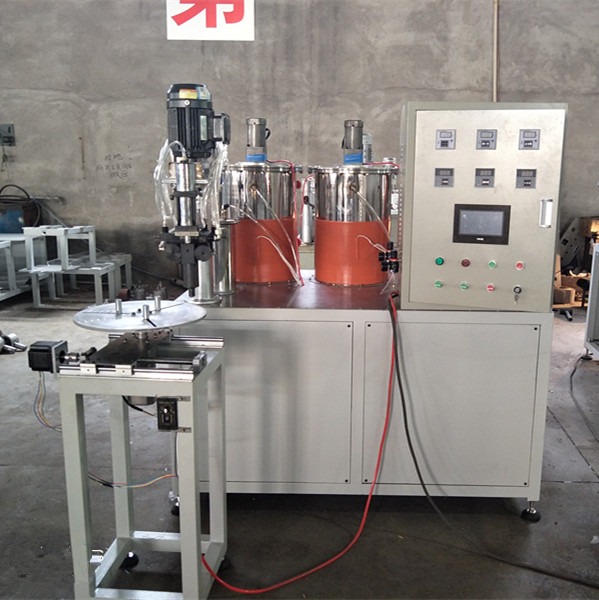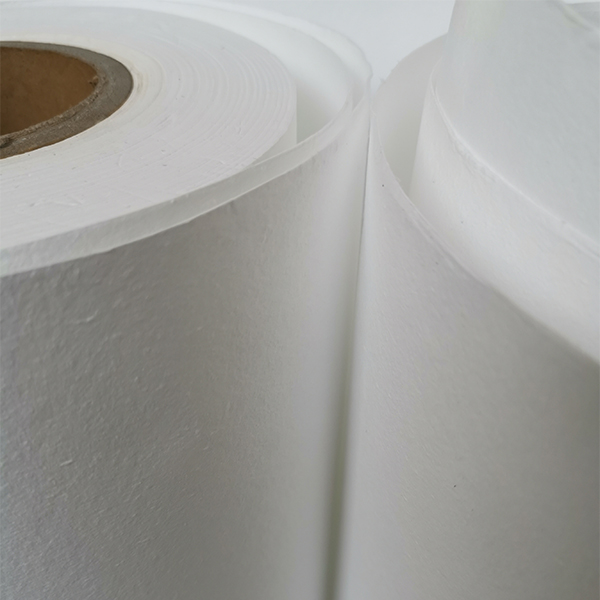Understanding the Oil Filter End Cap: Small Part, Big Impact
If you’ve ever peeked inside an oil filter, you might’ve noticed a little metal or plastic piece capping the end—a simple thing, but one that plays a crucial role in how engines stay clean and efficient. The oil filter end cap might sound niche, but in the grand scheme of global industry, it’s a part that keeps machines humming, emissions low, and maintenance schedules reasonable.
Why care? Globally, engines power everything from emergency generators in disaster zones to heavy machinery on massive infrastructure projects. A faulty oil filter end cap can mean leaks, contamination, and in the worst case, engine damage. Understanding this small but mighty component unlocks better reliability, sustainability, and economic sense across many industries.
Why the Oil Filter End Cap Matters Worldwide
According to ISO standards for automotive and industrial filtering systems, filter components including the end cap are designed for longevity and environmental safety. Globally, over 100 million oil filters are produced annually, many relying on a robust end cap to maintain structural integrity under high temperature and pressure.
Yet, here’s the catch: defective end caps cause roughly 5% of premature filter failures — that might not sound like much, but when we consider the billions spent on engine maintenance worldwide (World Bank estimates place global heavy equipment spending over $200 billion annually), even minute efficiency losses ripple out into significant economic and environmental impacts.
Oddly enough, while it’s one of the simplest parts, improvements in the oil filter end cap can reduce waste, prevent costly repairs, and extend machinery life in many regions—from cold climates of Scandinavia to humid tropical zones.
What Is an Oil Filter End Cap?
In simplest terms, the oil filter end cap is the piece sealing the outer edge of an oil filter cartridge, ensuring that oil flows correctly through the filter media without bypassing or leaking out. Usually made from metal or reinforced plastic, it clamps the filter media in place and interfaces with the filter housing.
This small component is vital for containing the pressurized oil and preventing contamination from dirty oil returning to the engine. In humanitarian and industrial contexts alike, its failure means downtime or worse, unsafe machinery conditions.
Mini Takeaway:
- The oil filter end cap is critical for effective oil flow and engine protection globally.
- Its design affects machine reliability and environmental sustainability.
Core Components and Design Factors of Oil Filter End Caps
Durability & Material Strength
Oil filter end caps need to withstand high pressure, temperature swings, and chemical exposure. Steel and aluminum alloys are common, but advanced polymers are gaining traction for weight and corrosion resistance. Durability here directly extends filter life, reducing waste and downtime.
Sealing and Fit Precision
A precise fit between the end cap and filter media prevents oil leaks and ensures proper flow. Tiny imperfections can cause seepage, so manufacturing tolerances are tight. Many manufacturers now employ automated quality checks to guarantee this.
Manufacturing Scalability
Because oil filter components are mass-produced worldwide, scalable production methods—like injection molding for plastic caps or stamping for metals—lower costs and ensure global availability.
Cost Efficiency
The balance between using premium materials and affordability is tricky. End caps must be strong yet cheap enough to fit competitive filter price points. This drives ongoing R&D into composite materials or hybrid metal-plastic designs.
Environmental Sustainability
With more stringent global regulations on waste and recycling, end caps designed for recyclability or biodegradability are a growing trend. Some manufacturers also optimize designs to reduce scrap during production.
| Parameter | Description/Value | Standard/Notes |
|---|---|---|
| Material | Steel (SPCC), Aluminum Alloy, Nylon Composite | ISO 9001 Compliant |
| Thickness | 0.5 - 2.0 mm | Varies by model |
| Operating Temperature | -40°C to 150°C | Meets automotive specs |
| Sealing Method | Crimped or adhesive bonded | Prevent bypass leakage |
| Weight | 10-25 grams | Varies by material and size |
Mini Takeaway:
- Material choice and precision affect durability and performance.
- Scalable manufacturing supports global demand.
- New materials push toward greener solutions.
How the Oil Filter End Cap Works Across Industries and Regions
In real terms, this part is everywhere:
- Automotive manufacturing: Passenger cars and heavy trucks rely on sealed oil filters to keep engines clean over thousands of miles, avoiding costly engine rebuilds.
- Aerospace and defense: Specialized filters with reinforced end caps protect critical machinery in planes and military vehicles where failure can be catastrophic.
- Post-disaster operations: In humanitarian missions, reliable diesel generators equipped with robust oil filters (and solid end caps) ensure power for lighting, medical equipment, and communication.
- Mining and construction: Heavy equipment working in dusty, muddy environments depends on high-integrity filter caps to keep oil contamination at bay, helping reduce wear.
- Emerging markets: As developing countries industrialize, demand for dependable filters grows. Local manufacturers innovate cost-effective end caps suited to regional climate challenges.
Mini Takeaway:
- The oil filter end cap supports a wide range of critical applications globally.
- Its quality impacts machinery reliability in diverse conditions.
The Long-Term Value and New Opportunities in Oil Filter End Caps
The benefits of investing in a well-made oil filter end cap become clear when you consider the bigger picture:
- Reliability: Reduces engine breakdowns and maintenance costs.
- Cost-effectiveness: Durable caps mean less frequent filter changes, saving money over time.
- Sustainability: Designs focused on recyclability lower environmental footprints.
- Trust and safety: Ensures consistent machine performance, which is vital when lives could depend on it.
Frankly, it’s one of those component-level innovations that quietly uphold billions of dollars’ worth of machinery worldwide — you don’t notice it until it’s missing or faulty. Then, you really notice.
Future Directions: What’s Next for Oil Filter End Caps?
Innovation doesn’t stop with a little metal ring. Industry insiders say the future could be shaped by:
- Smart materials: End caps embedded with sensors that detect pressure changes or leaks in real-time.
- Green materials: Bioplastics and recyclable alloys to minimize ecological impact.
- Automated production: Using AI and robotics to perfect manufacturing tolerances.
- 3D printing: Customized end caps tailored for unique or legacy machinery without tooling costs.
One can imagine a day when your oil filter actually texts you a warning before failure — neat, right?
Challenges and Practical Solutions in Oil Filter End Cap Production
Despite advances, manufacturers still grapple with:
- Material costs: Premium metals versus cheaper plastics create a balance between quality and budget.
- Quality control: Tiny defects can cause widespread failures; consistent inspection processes help.
- Environmental standards: Stricter regulations push for redesigns that not all factories can pivot to easily.
Experts recommend adopting lean manufacturing principles, investing in modern equipment, and looking to partnerships—sometimes across continents—to combine strengths and push innovation.
Vendor Comparison: Popular Oil Filter End Cap Suppliers
| Vendor | Material Options | Quality Certifications | Typical Applications | Lead Time |
|---|---|---|---|---|
| CapTech Industries | Steel, Aluminum, Nylon | ISO 9001, IATF 16949 | Automotive, Light Trucks | 4-6 weeks |
| GreenCaps Ltd. | Bioplastics & Recycled Polymers | ISO 14001, UL Environment | Industrial, Eco-conscious Markets | 6-8 weeks |
| EliteMetal Components | High-grade stainless steel | ISO 9001, AS9100 | Aerospace, Military | 8-12 weeks |
FAQ: Oil Filter End Caps – Your Quick Answers
Q: How do I know if an oil filter end cap is defective?
A: Symptoms include oil leaks around the filter base, reduced oil pressure, or unusual engine noises. Visual inspection might show cracks or corrosion on the end cap. If in doubt, replacing with a verified OEM or high-quality aftermarket replacement is advised to avoid damage.
Q: Can oil filter end caps be recycled?
A: Yes, most metal end caps are recyclable through standard scrap metal programs. Some plastic or composite caps may need special handling. Suppliers like oil filter end cap manufacturers are increasingly offering eco-friendly options designed for recycling.
Q: Do oil filter end caps come in different sizes and materials?
A: Absolutely. Sizes depend on engine design and filter type. Materials range from steel and aluminum to advanced polymers, with choices influenced by application demands like temperature and chemical exposure.
Q: How often should oil filter end caps be replaced?
A: Typically, they are replaced with the entire oil filter during routine oil changes—every 5,000 to 15,000 miles depending on vehicle and usage. Regular replacement ensures the end cap maintains its sealing integrity.
Q: Are aftermarket oil filter end caps reliable?
A: Many aftermarket brands offer quality end caps but it’s important to verify certifications and customer feedback. OEM parts usually provide the safest bet, but trusted aftermarket options can balance cost and performance.
Wrapping Up: The Little Piece with a Big Role
The oil filter end cap may be overlooked, but it’s central to keeping engines running cleanly and machines reliable worldwide. From rugged construction sites to remote hospitals relying on generators, this small component quietly delivers impressive value in longevity, sustainability, and performance.
Want to dive deeper? Visit our website: https://www.anyafiltermedia.com to explore product options, supplier details, and the latest innovations in oil filter end caps. You might be surprised how much one little part can do.
References
Post time: Nov-19-2025

